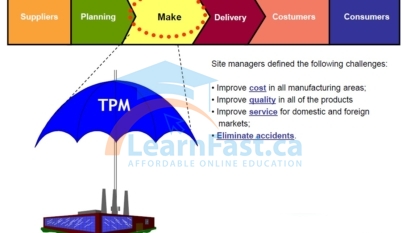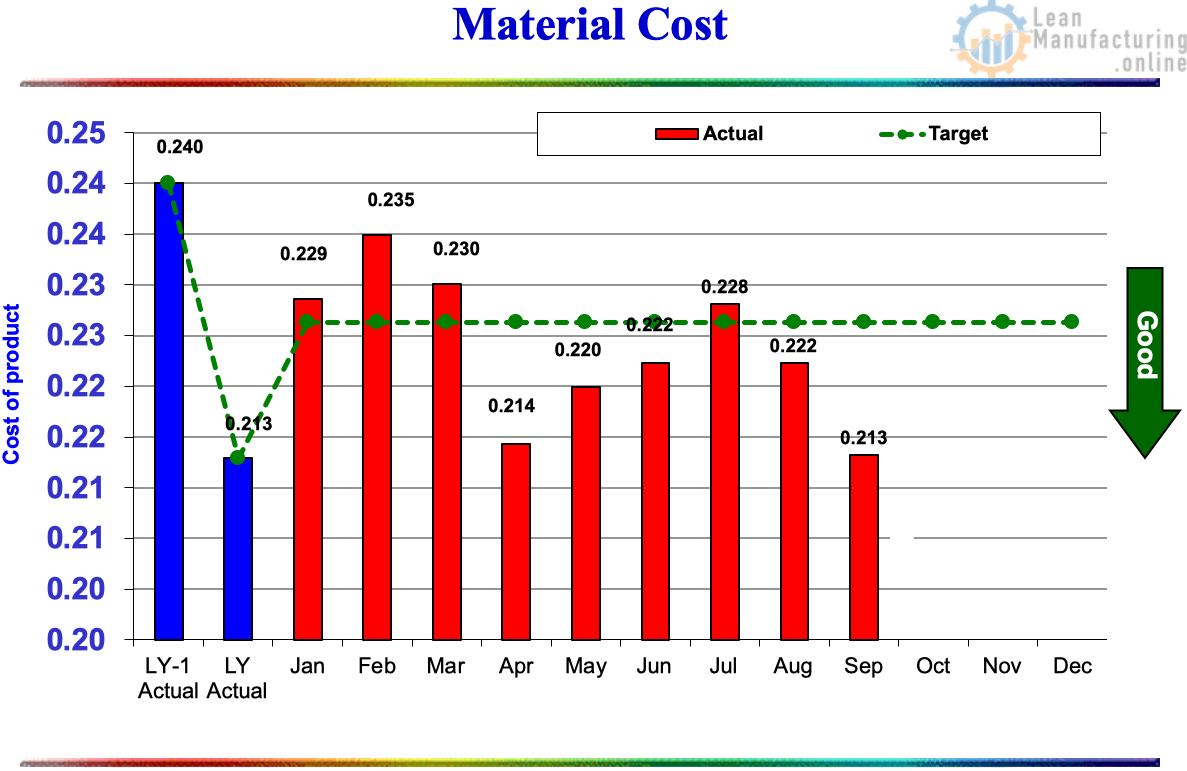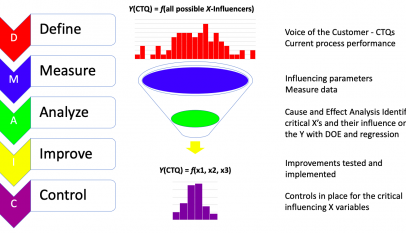Supply Chain
How would you start implementing a TPM program?
We are a winning team that throughout the TPM philosophy leverage the talent of people, assuring the process and assets optimization.
Read More »PQCDSM KPI Definitions. Part 2
Productivity People – hours per unit volume (tonne or ‘000 units) This indicator measures labour productivity and is based on the people hours required to produce a single unit of volume. It is a measure of consumption and not cost. People-hours per unit volume = Total people-hours required within Manufacturing…
Read More »Supply Chain Management (SCM) and its relationship to TPM. Part 2
SECTION 3 SCM AS TPM LEVELS 2 AND 3 LEVEL 2 AND 3 GENRES AS SEEN IN THE TPM AWARDS THE STRENGTHS AND LIMITATIONS OF TPM AN EXAMPLE OF THE INTRODUCTION OF SCM AS A NATURAL EXTENSION OF TPM (FROM SOURCING UNIT THROUGH DISTRIBUTION TO RETAIL OUTLET) THE DIRECTION OF…
Read More »Supply Chain Management (SCM) and its relationship to TPM. Part 1
SECTION 1 WHY DO WE NEED SCM? SCM is now the accepted and ordinary business model, but … Making more the supply chain visible enables naturally us to reduce both lead times and costs SCM – THE ACCEPTED BUSINESS MODEL Since the late 70s, we have been in an era…
Read More »














